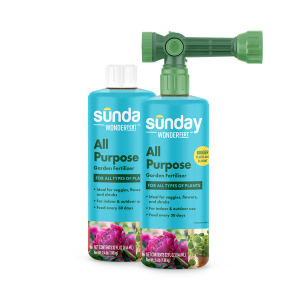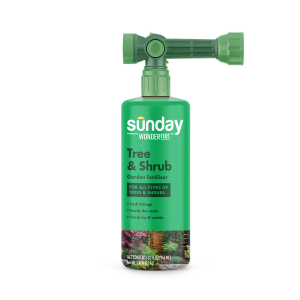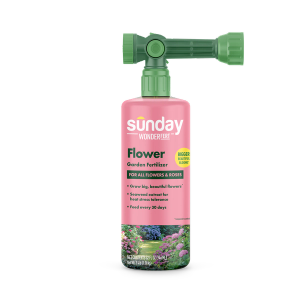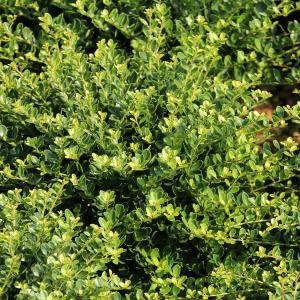Why remove your lawn?
There are several reasons you might want, or need, to remove part of your lawn.
- Growing a garden. You’re ready to grow or expand your garden and need to make more space for your ornamental plants or veggies.
- Struggling lawn. Maybe there’s a part of the yard that gets too much shade, or is in a low-lying area that stays a little wet, and you want to replace the grass there with something that can handle those conditions better.
- Participating in rebate programs. Many cities, particularly in the dry West, are providing rebate programs to replace turfgrass lawns with more drought-tolerant alternatives.
- Conservation and cost savings. Alternative landscaping can help reduce water and pesticide use, add beauty and function to the yard, and increase biodiversity. Bonus: Opting for plants that use less inputs means more money in your pocket.
Lawn removal: How to remove grass from the lawn
There are three main ways to approach lawn removal in a home lawn: herbicides, sod cutting, or solarizing. We recommend sod cutting or solarizing to reduce heavy pesticide use.
Cutting out grass
Cutting out the grass is a quick way to remove the lawn.
What you’ll need: something to mark the area of grass to remove and a sod cutter (or a shovel)
- Select and mark the area where you want to remove the grass. This will help ensure you aren’t removing too much or too little.
- Select your tools. Use a sod cutter for large areas (you can rent these at most garden centers) or use a shovel for smaller areas.
- Cut out your grass. Remove as much turf material as you can, including stolons, rhizomes, and crowns. This may require cutting a few inches deep, and some follow up if you have especially stubborn grasses like bermudagrass.
Solarizing grass
Solarizing is another option if you have more time. This may take a few months, so be sure to plan ahead if you want to solarize.
What you’ll need: something to mark the area of grass to remove, such as a tarp, or some cardboard and compost
- Select and mark the area where you want to remove the grass. This will help ensure you aren’t removing too much or too little.
- Cover small sections of grass with cardboard and a layer of compost or a tarp to block sunlight and kill the grass.
Lawn removal tips
- Regardless of the method you choose, removing turf in smaller sections and planting (if applicable) soon after will avoid leaving large areas of bare soil behind which can erode—leading to water pollution—or fill up with weeds quickly if left uncovered.
- If you plan to remove some grass, reach out to your local water district or municipality to see if there are any rebate programs available to help offset the cost of conversion.
- Dispose of your turfgrass responsibly. See if a friend or neighbor could repurpose pieces of sod for their own lawn, or compost the grass to avoid sending waste to the landfill.
- This is also a great opportunity to test your soil, add compost or soil amendments, and audit and repair your irrigation system while you’re already digging around in the ground.
And keep in mind: Some turf may be necessary for pets or for play. In many cases, it doesn’t need to be an “all or nothing” approach—you can combine some lawn and lawn alternatives for a multi-functional yard.
Cited sources
Lawn (Turfgrass) Removal Methods. University of Maryland Extension















